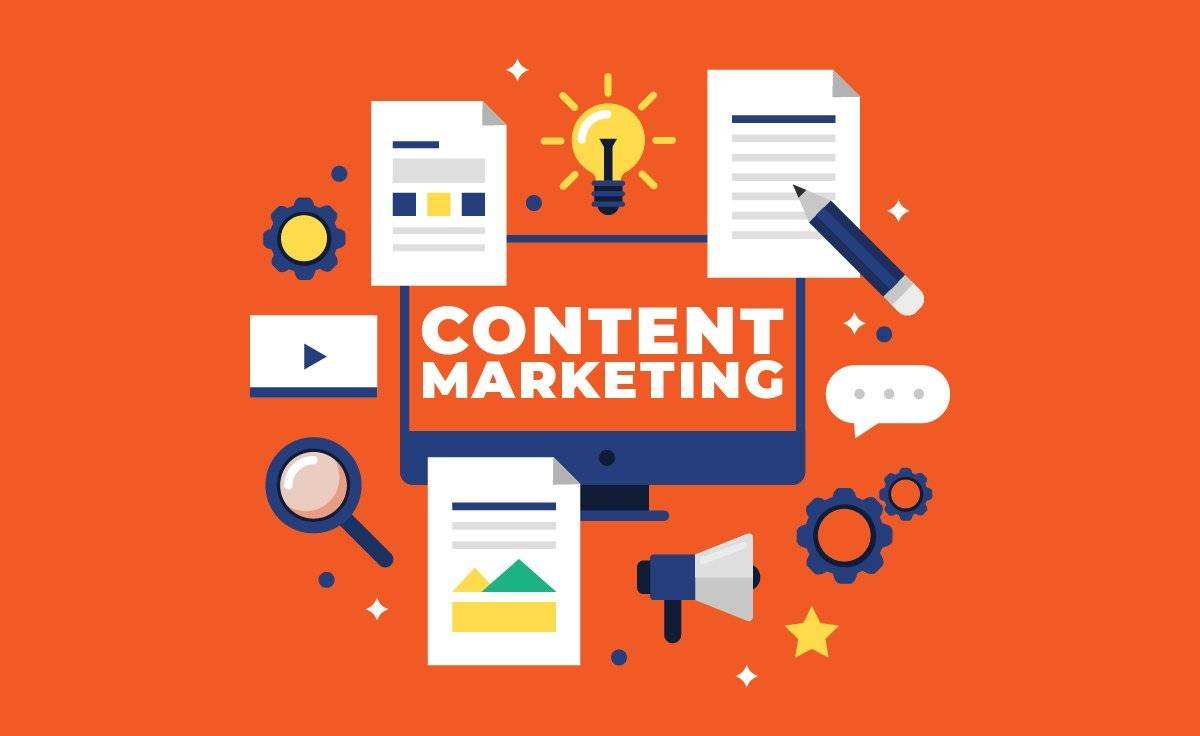
September 4, 2024
-
Comments (2)
In today’s digital world, having a website is like having a storefront on the busiest street in town. But what if people walk by without coming in? That’s where website optimization comes in. Just like a well-decorated shop that invites customers inside, an optimized website can encourage visitors to explore and make purchases. ‘
What Is Website Optimization?
Website optimization refers to the process of improving your site to make it more effective in achieving its goals. Whether your goal is to get more sales, sign-ups, or page views, optimization can help. Think of it like tuning a car engine. By fine-tuning different parts, you make the whole machine run smoother and faster. The same goes for your website—by optimizing various elements, you can improve its speed, usability, and overall appeal.Why Does Website Optimization Matter?
Imagine walking into a cluttered, slow-moving store. You’d probably leave quickly, right? The same thing happens online. If your website is slow, hard to navigate, or doesn’t look appealing, visitors will leave without taking any action. This means fewer sales, fewer leads, and ultimately, less success for your business. A well-optimized website keeps visitors engaged, making them more likely to convert into customers.Key Areas to Focus on for Website Optimization
- Speed Speed is crucial. A slow website is like a long line at a store checkout—people will abandon their carts and leave. By improving your website’s load times, you can keep visitors on your site longer and reduce the chances of them leaving. Tools like Google’s PageSpeed Insights can help you identify areas where your site might be lagging.
- Mobile Optimization More people are browsing the web on their phones than ever before. If your site isn’t mobile-friendly, you’re missing out on a huge chunk of potential customers. Mobile optimization ensures that your site looks and works great on any device, from smartphones to tablets. It’s like making sure your store aisles are wide enough for everyone to walk through comfortably.
- User Experience (UX) User experience is all about making your website easy and enjoyable to use. This includes clear navigation, intuitive design, and a clean layout. If visitors can find what they’re looking for quickly and easily, they’re more likely to stay longer and convert. Think of UX as the friendly salesperson who guides you through a store, making your shopping experience pleasant.
- Content Optimization Content is king, but only if it’s relevant and engaging. Optimizing your content means making sure it’s valuable to your audience and includes the right keywords to help with search engine rankings. It’s like stocking your store with items that your customers really want. Well-optimized content draws visitors in and keeps them interested.
- Search Engine Optimization (SEO) SEO is the process of making your site more visible on search engines like Google. The higher your site ranks, the more traffic you’re likely to get. SEO involves using the right keywords, creating high-quality content, and ensuring your site is technically sound. It’s like putting up a big, bright sign that says, “Come on in!” to attract more customers.
- Call-to-Action (CTA) A CTA is a prompt that encourages visitors to take a specific action, like “Buy Now” or “Sign Up.” Effective CTAs are clear, compelling, and strategically placed throughout your site. Think of them as the checkout counter in a store—easy to find and use, making it simple for customers to complete their purchase.






2 Comments
good information
[…] begin with the fundamentals. Conversion rate optimization, or Conversion Rate Optimization , is the practice of making changes to your […]